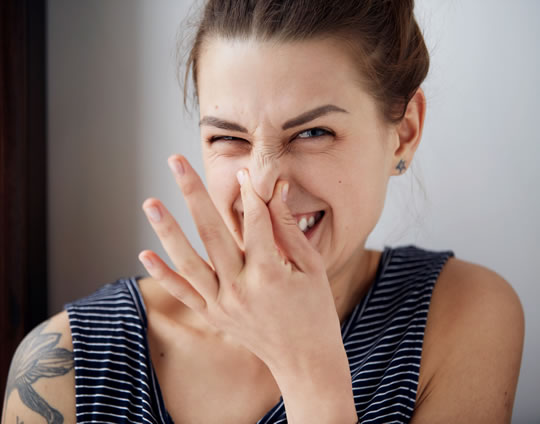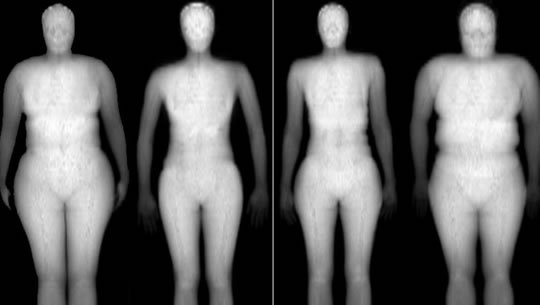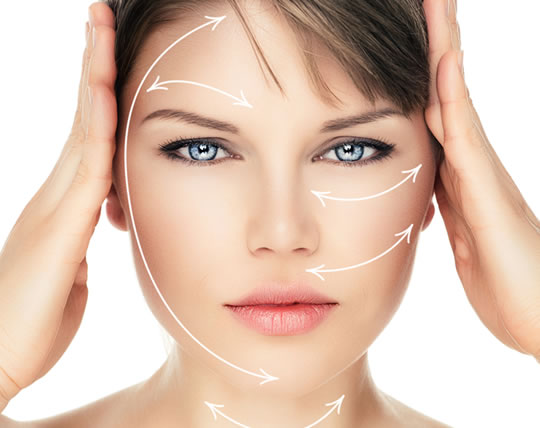The power of nonconformists, neural synchrony, pathological personality traits and more…
1. Men and women prefer nonconformists
When it comes to dating, both sexes prefer a non-conformist partner, research finds.
Although most people know a rebellious man is sexy; the results upend the common assumption that men prefer women who play by the rules.
Women in the study guessed that the personality trait of conformity would attract men, but it didn’t.
The study’s authors write:
“Women overestimated how attracted men would be to the conformist women.
People think that men prefer conformist women, but this impression is discrepant from reality.”
2. Neural synchrony
People who find each other’s emotions easy to read are naturally drawn to each other.
Reading emotions successfully gives people the feeling of understanding and connectedness.
Brain scans showed that interpersonal attraction was linked to a kind of neural synchrony.
“Individual changes in interpersonal attraction were predicted by activity in the participant’s reward circuit, which in turn signaled how well the participant’s ‘neural vocabulary’ was suited to decode the other’s behavior.”
3. Similar height
People choose partners who are a similar height to them because it’s in our genes, a new study finds.
For years its been known that people tend to choose partners who are a similar height to themselves.
This is despite the well-known preferences women have for taller men.
The link between partner’s height is surprisingly accurate, Dr Tenesa said:
“Using one partner’s genes for height, we estimated the height of the chosen partner with 13% accuracy.
4. Pathological pulling power
People with pathological personality traits — such as impulsiveness and neuroticism — have more luck in love.
Those with certain dark personality traits tend to have more partners and more children.
The conclusions come from almost 1,000 heterosexual men and women with a wide range of personality traits.
Find out more in the study’s full description.
5. Don’t smile (guys)
Women find swaggering or brooding men more attractive than happy guys, research finds.
Less smiling makes a man look more masculine, it turns out.
The results were the exact opposite for women.
Professor Jessica Tracy, the study’s first author, said:
“While showing a happy face is considered essential to friendly social interactions, including those involving sexual attraction — few studies have actually examined whether a smile is, in fact, attractive.
This study finds that men and women respond very differently to displays of emotion, including smiles.”
6. Shock finding: young and thin!
Women who are almost underweight are most attractive to men, a recent study finds.
Dr Lobke Vaanholt, one of the study’s authors, said:
“Although most people will not be surprised that extreme thinness was perceived as the most attractive body type, since this prevails so heavily in media, culture and fashion, the important advance is that now we have an evolutionary understanding of why this is the case.”
And, the simple reason men find a low BMI attractive is that it signals youth.
7. Expansive posture
Both men and women look more attractive when they adopt an expansive posture, a new study finds.
Expansive postures include having the arms outward rather than folded, generally leaning backwards or with the legs apart rather than crossed.
Expansive gestures tend to signify openness and dominance, which is why they are seen as more attractive.
The researchers recorded a speed dating event and used data from the dating app Tinder to verify their hypothesis.
In both cases people were more likely to be picked when they adopted more expansive postures.
8. A glass of wine
One or two glasses of wine can make the drinker look more attractive to others, a recent study finds.
Three or four glasses, though, does not make a person look more attractive than when they are sober.
This is different to the ‘beer goggles’ effect, which is well known: that alcohol makes other people look more attractive.
This is the first study to show that it works both ways, as the authors explain:
“The present study suggests that alcohol consumption increases ratings of attractiveness of the consumer by other people.”










